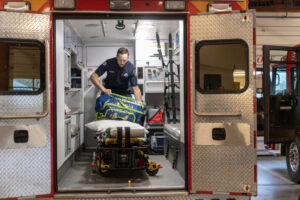Camas School District leaders are looking to the community and students to help guide discussions surrounding sexual health education in the classroom.
The district has used the FLASH curriculum, a comprehensive science-based sexual health education (sex ed) curriculum designed to prevent pregnancy, sexually transmitted diseases (STDs) and sexual violence since the 2010-11 school year.



